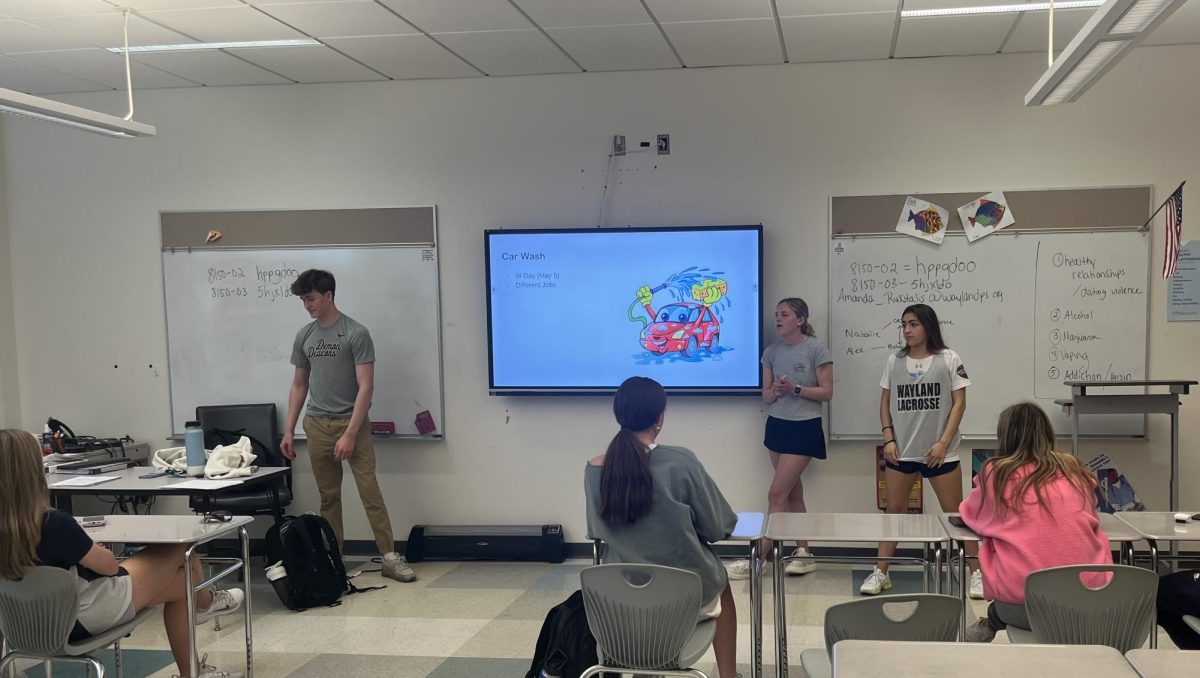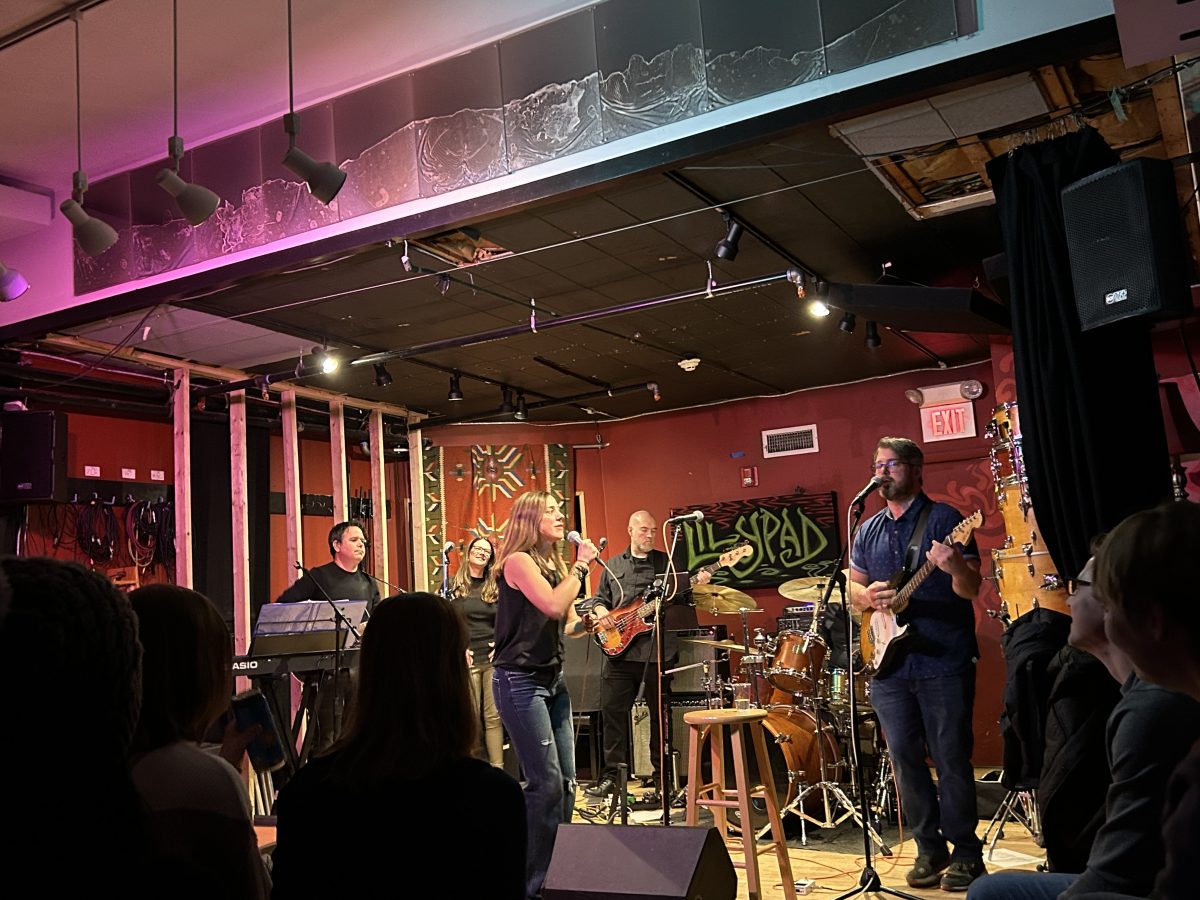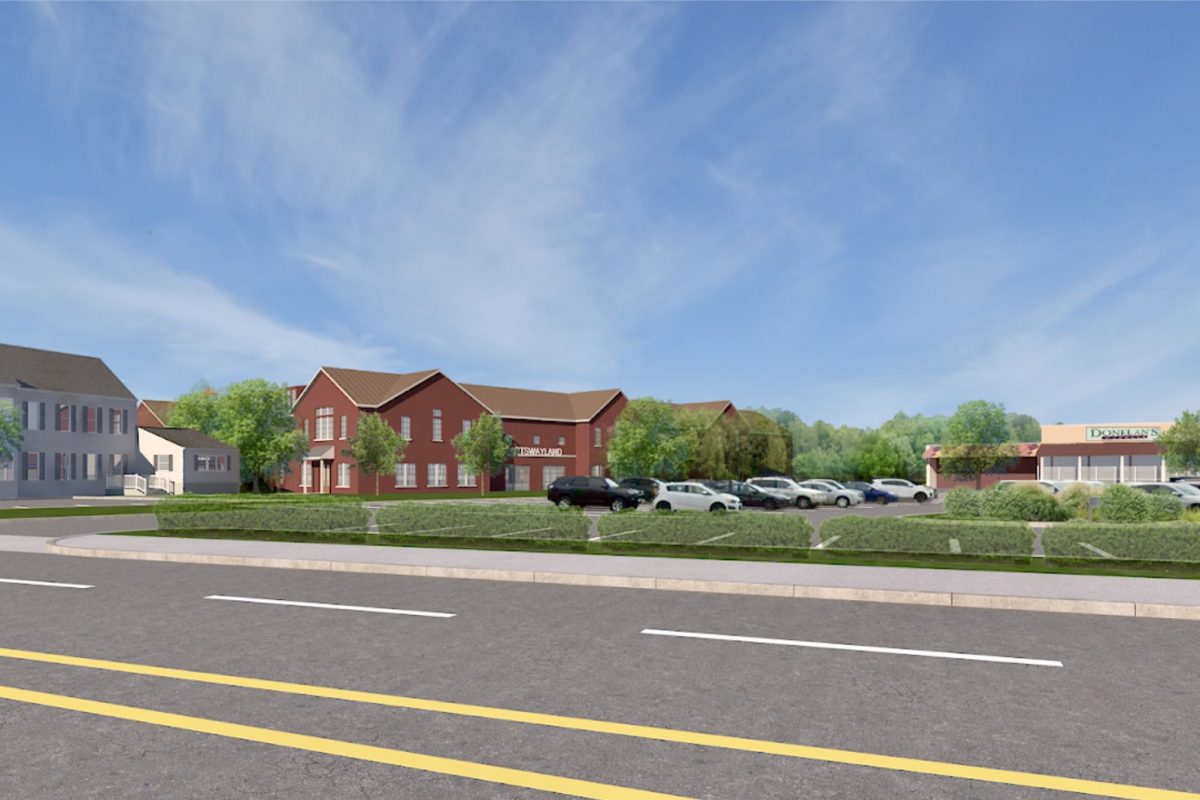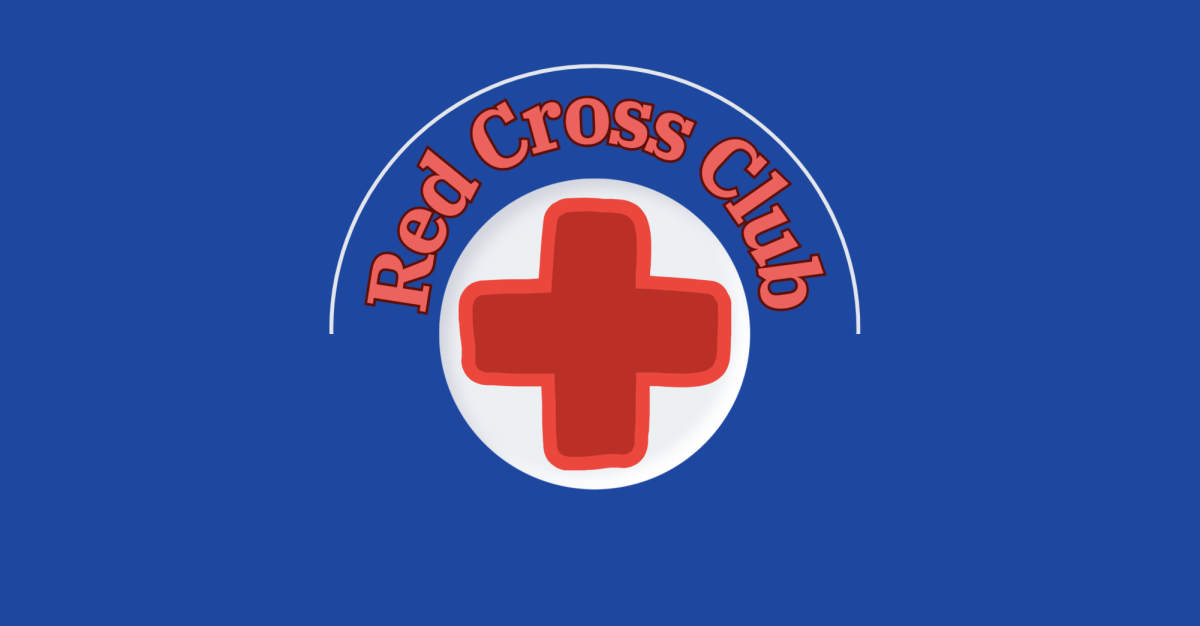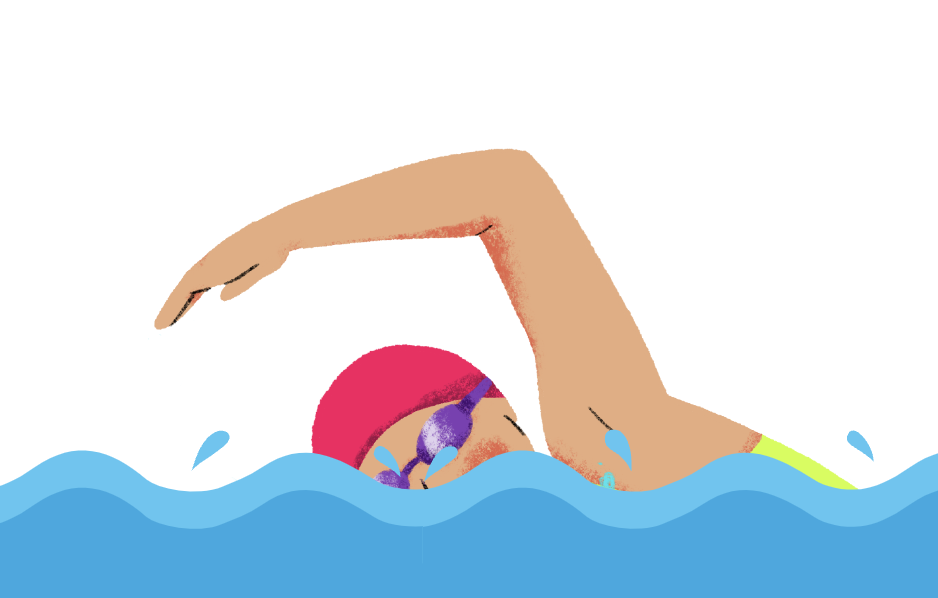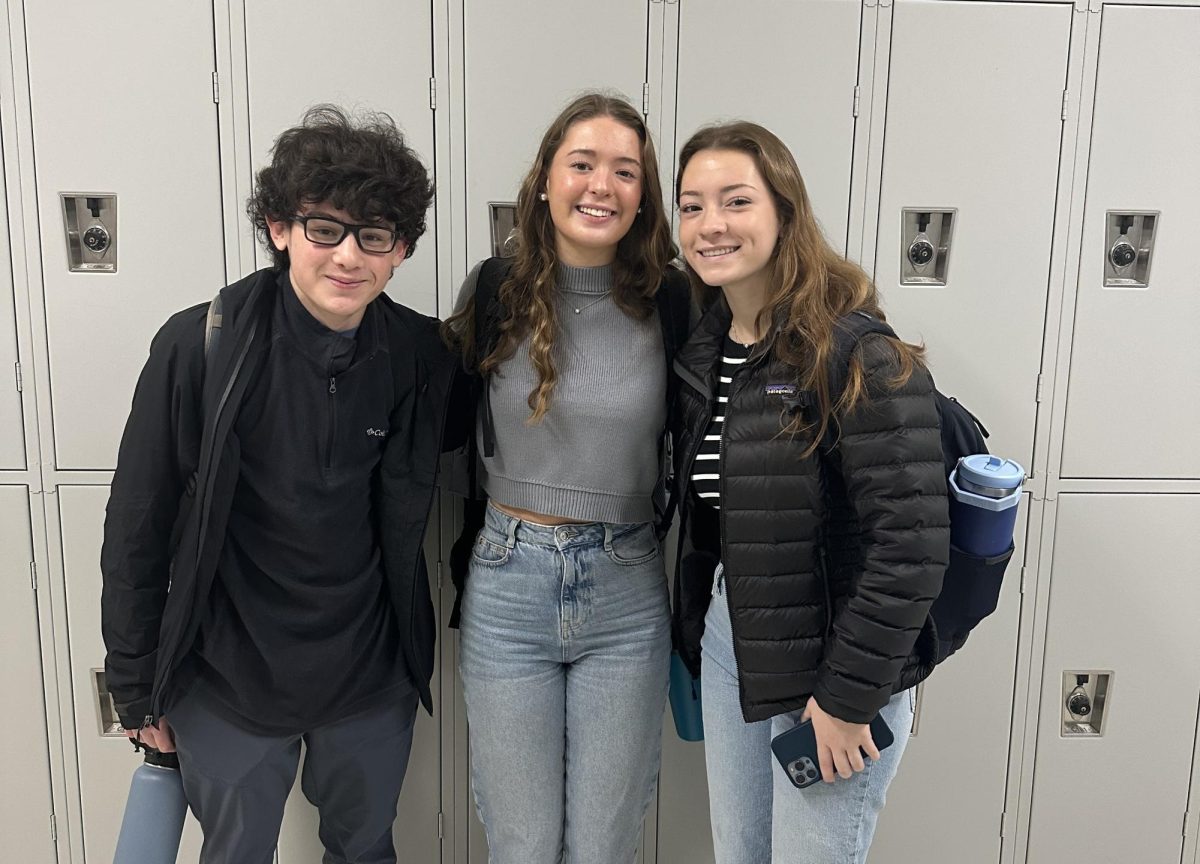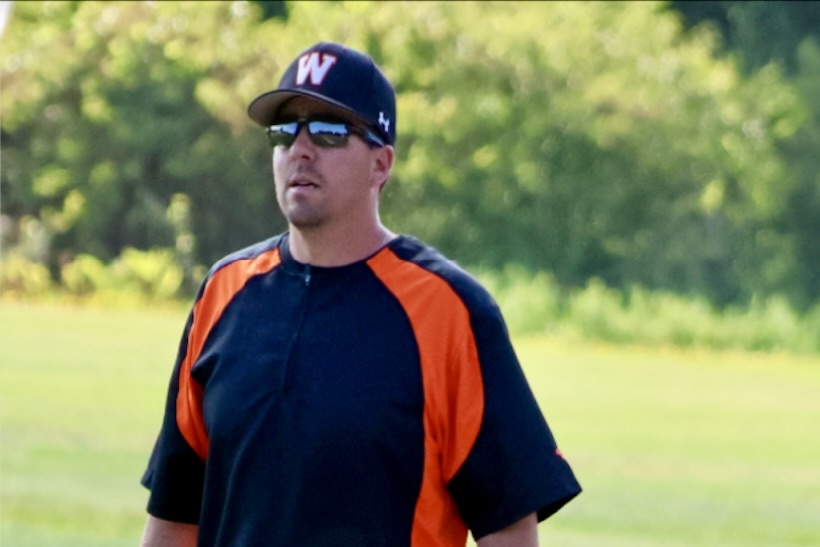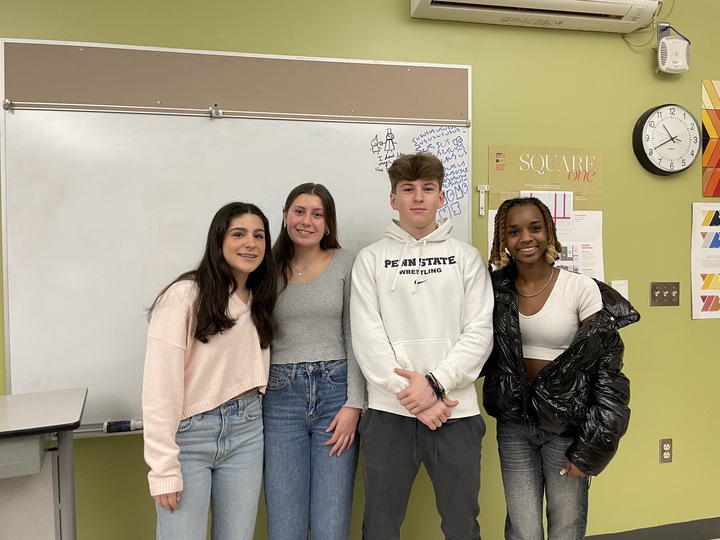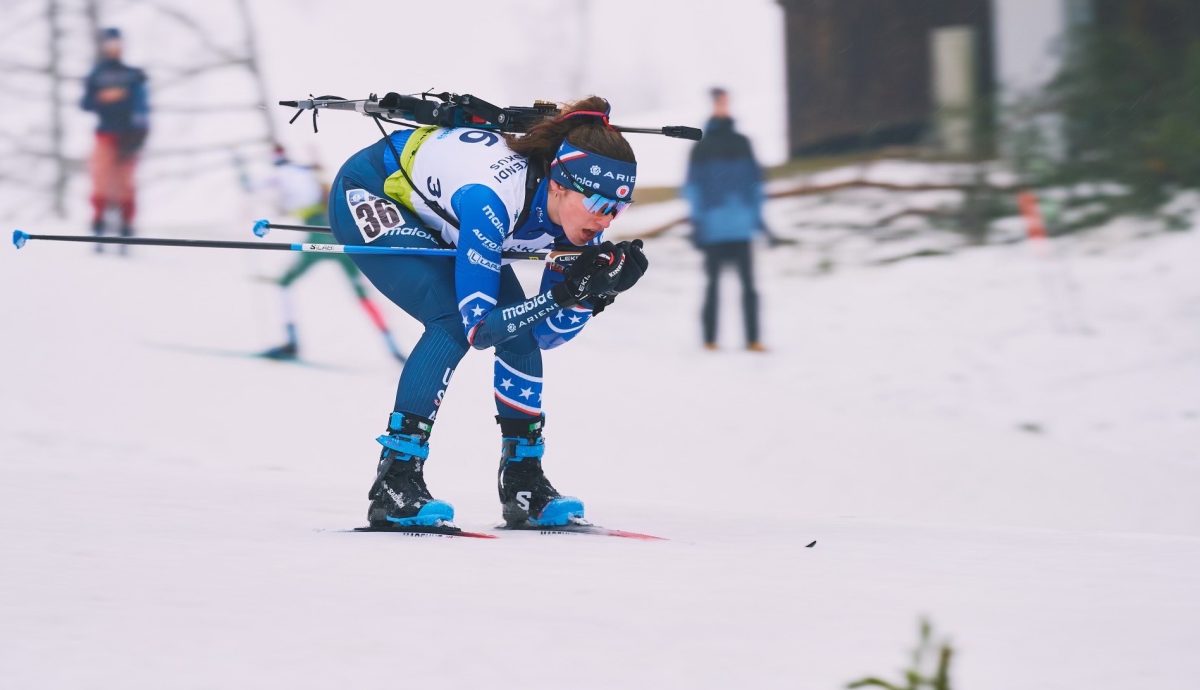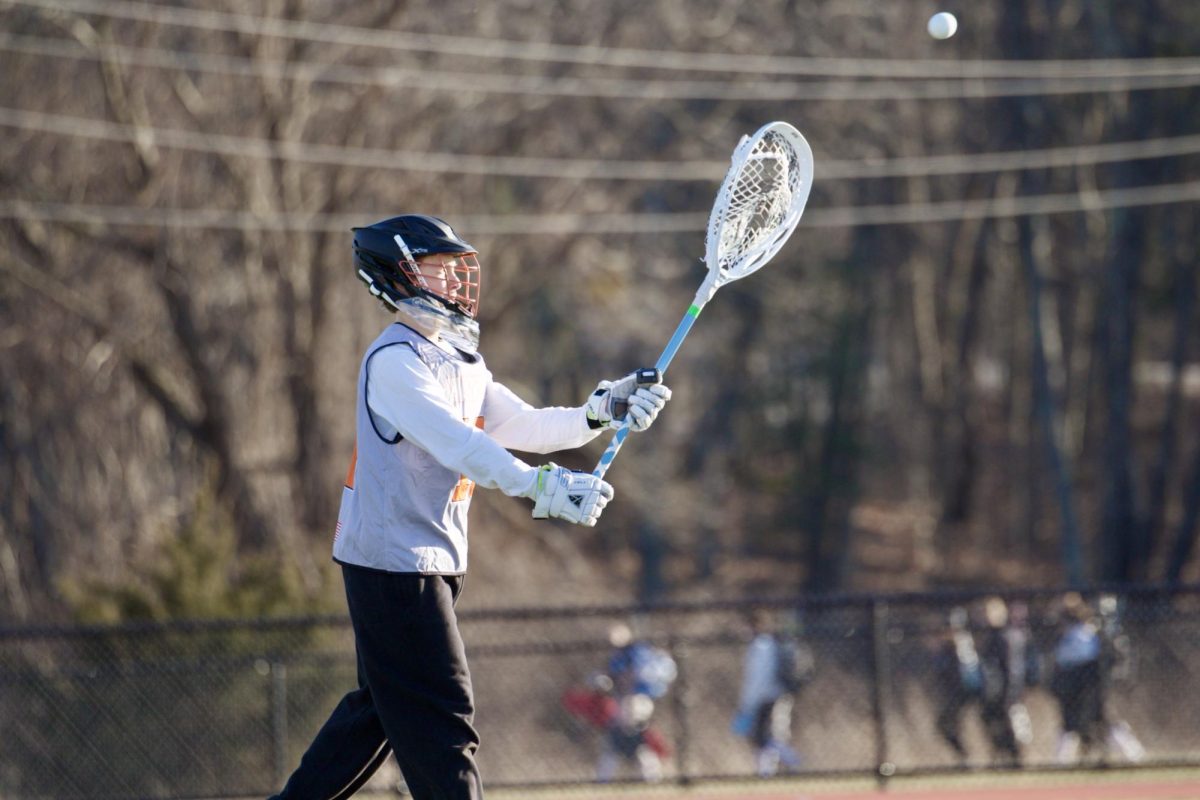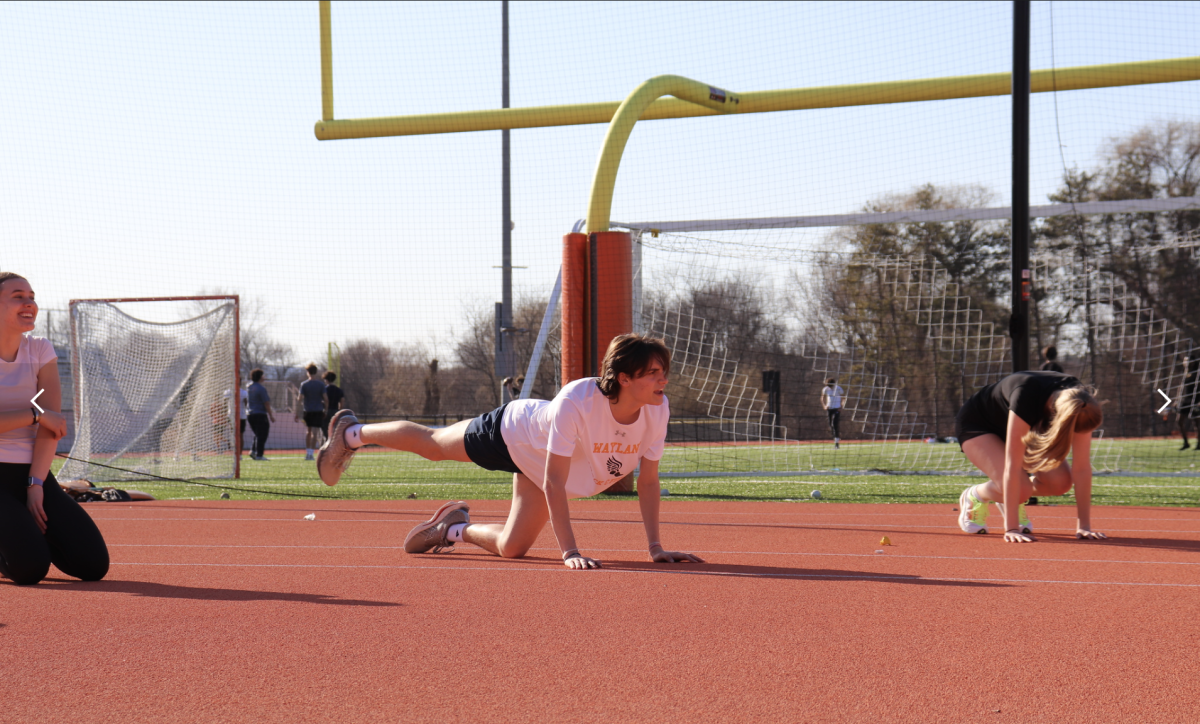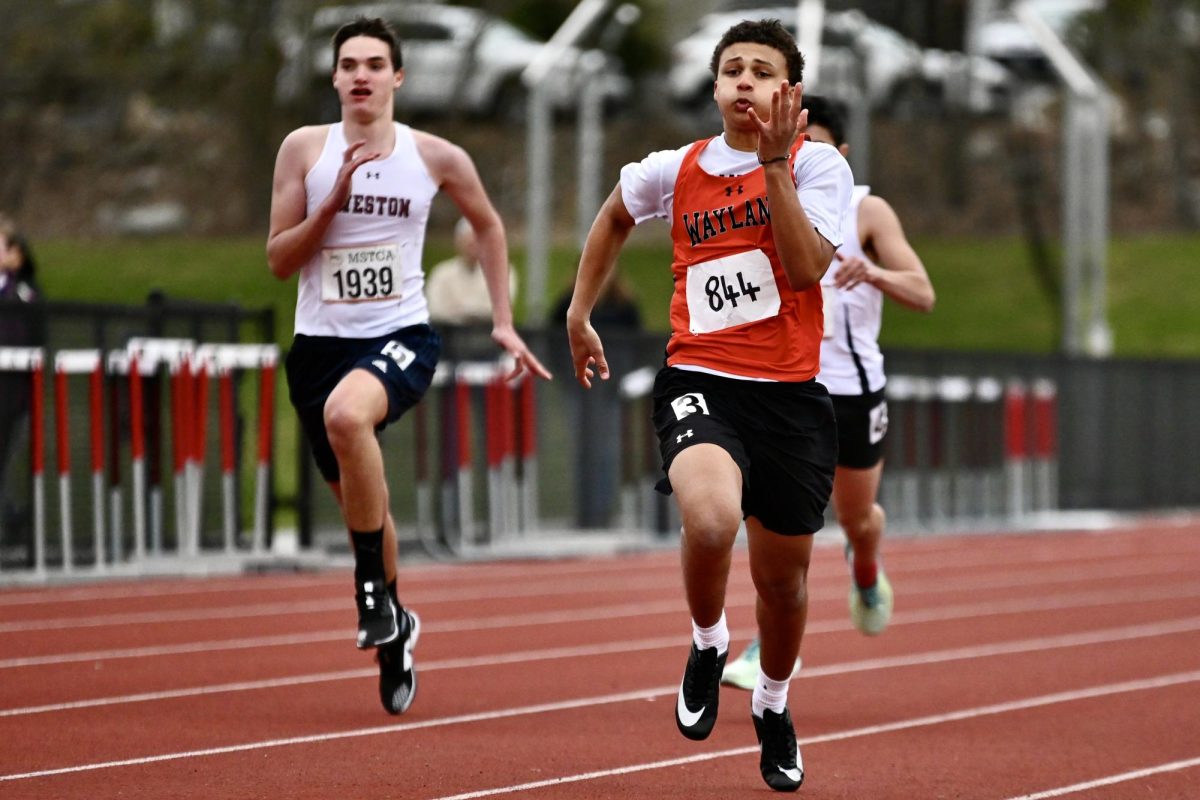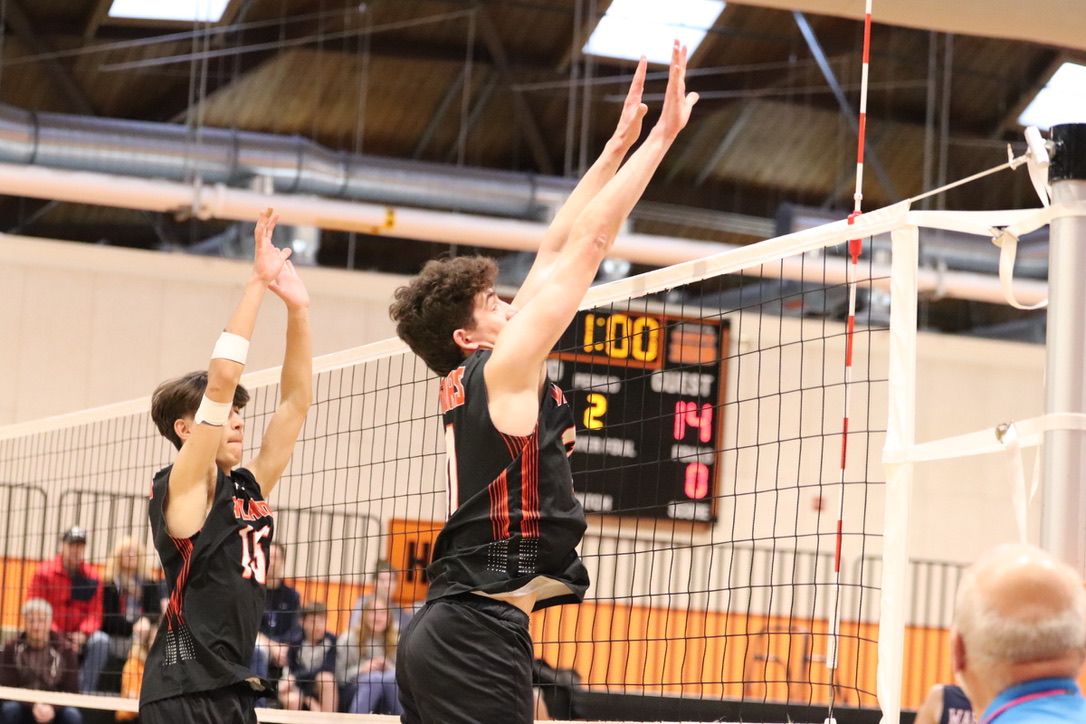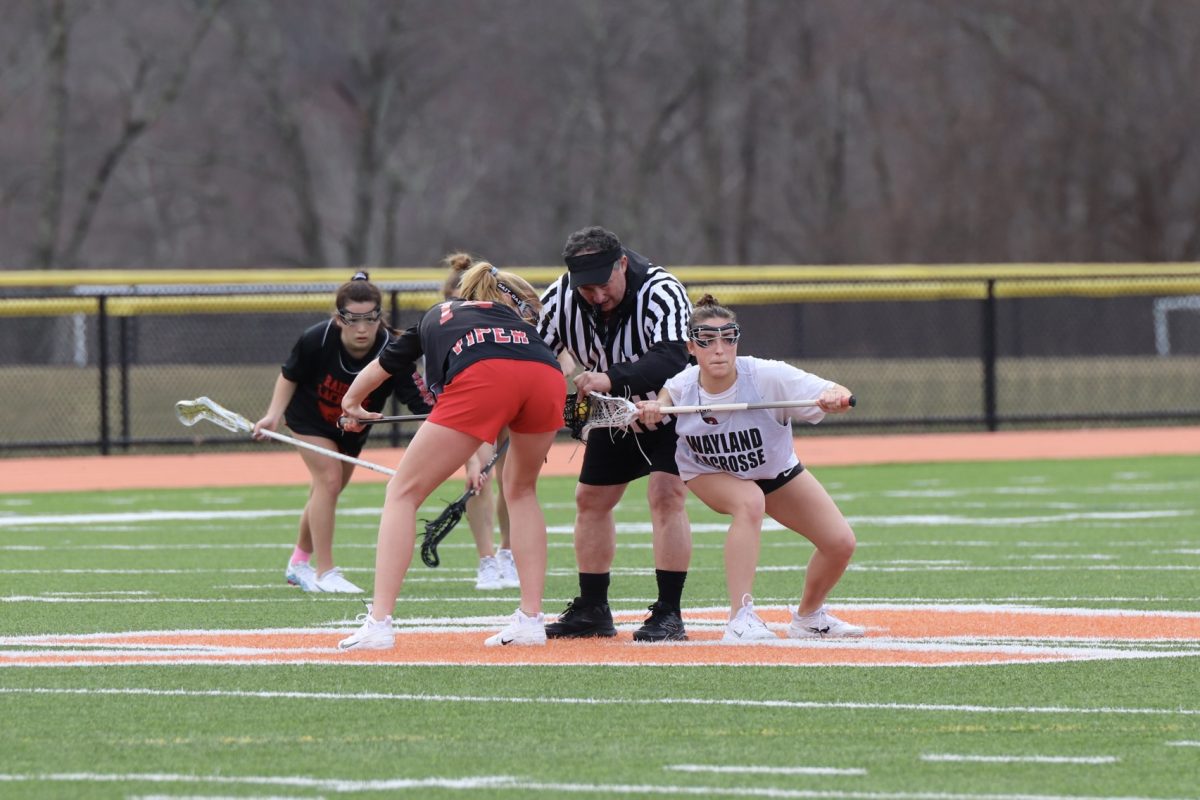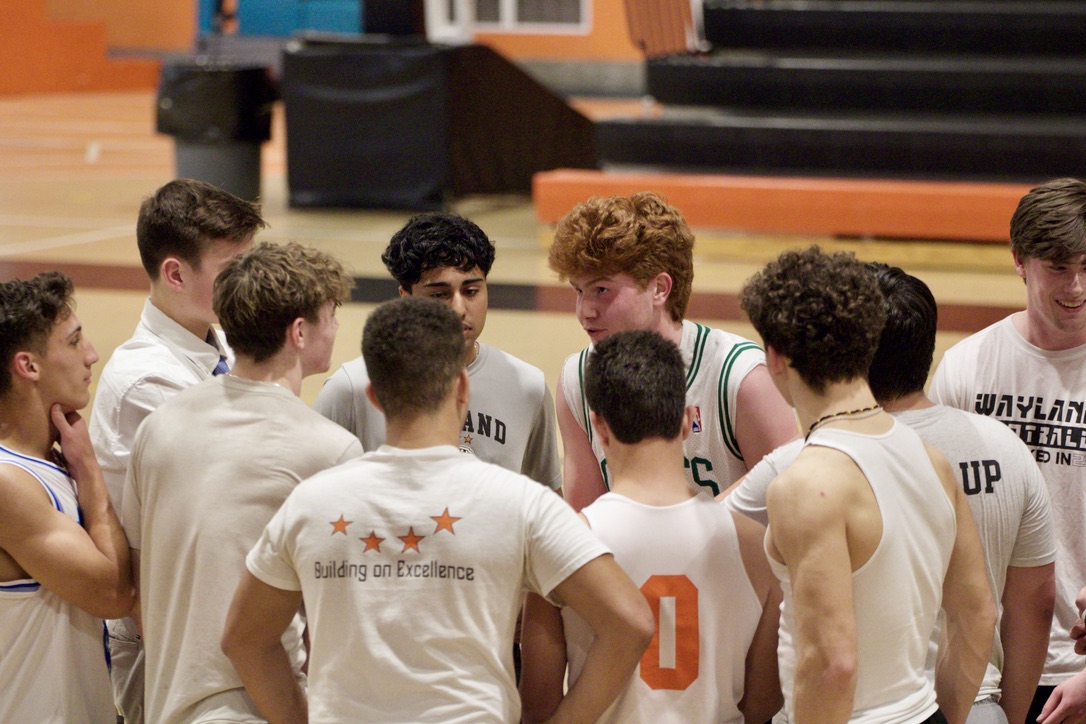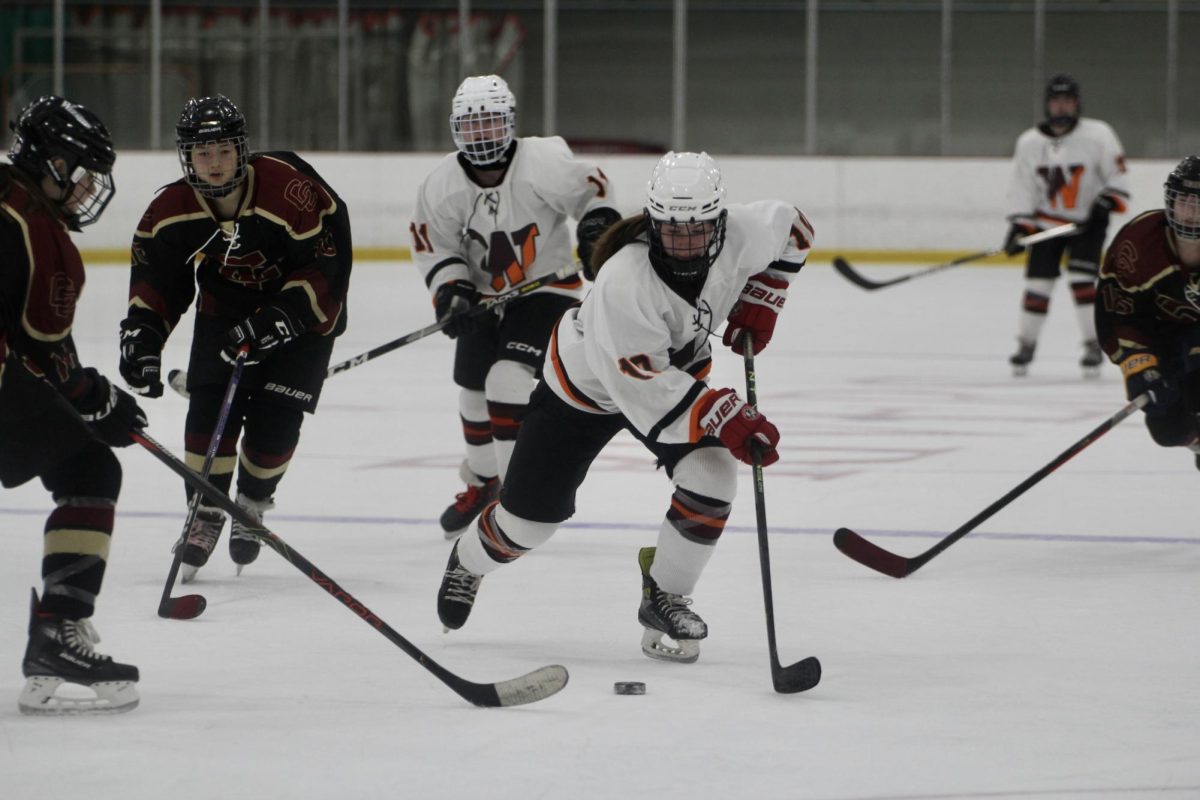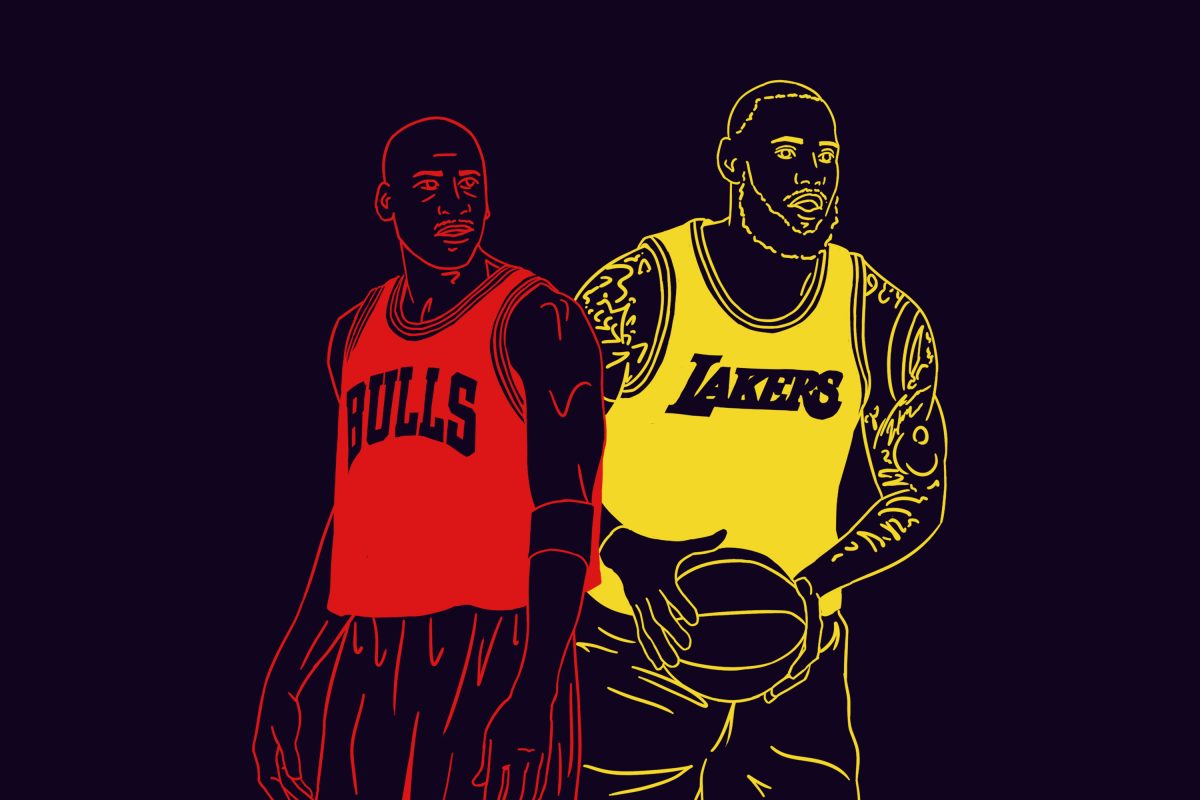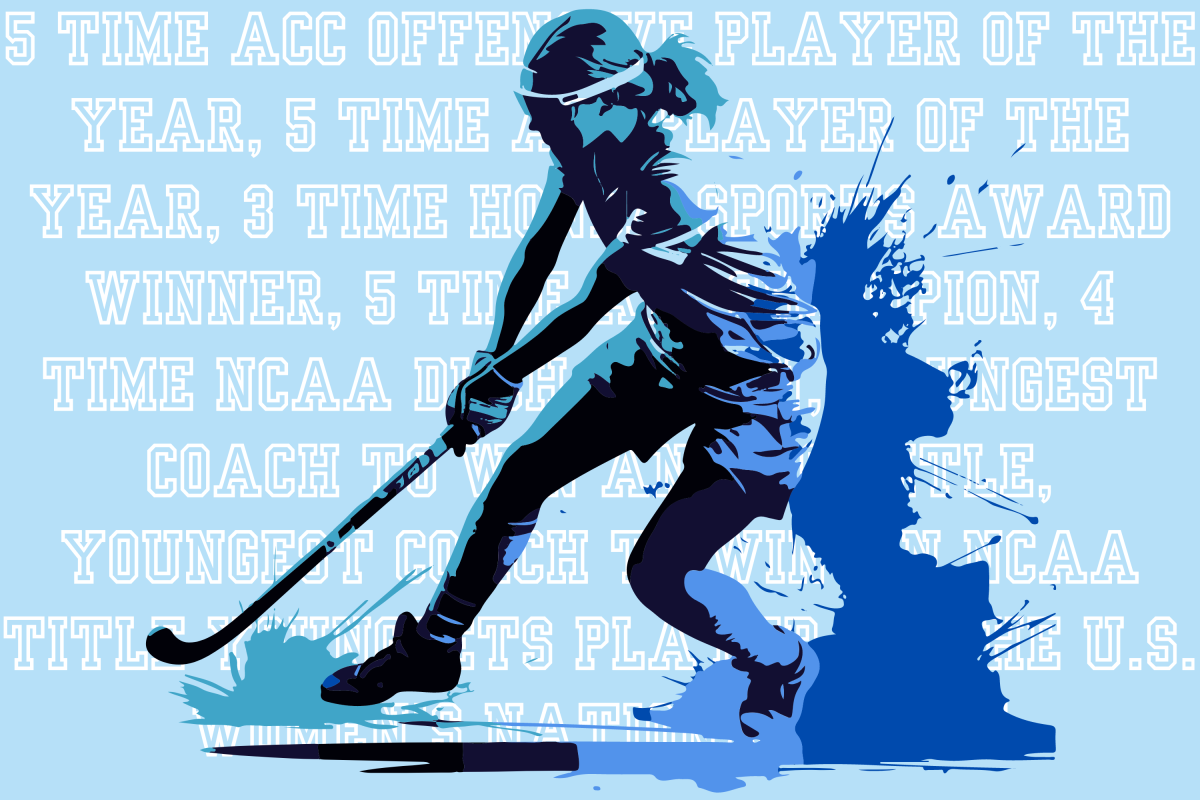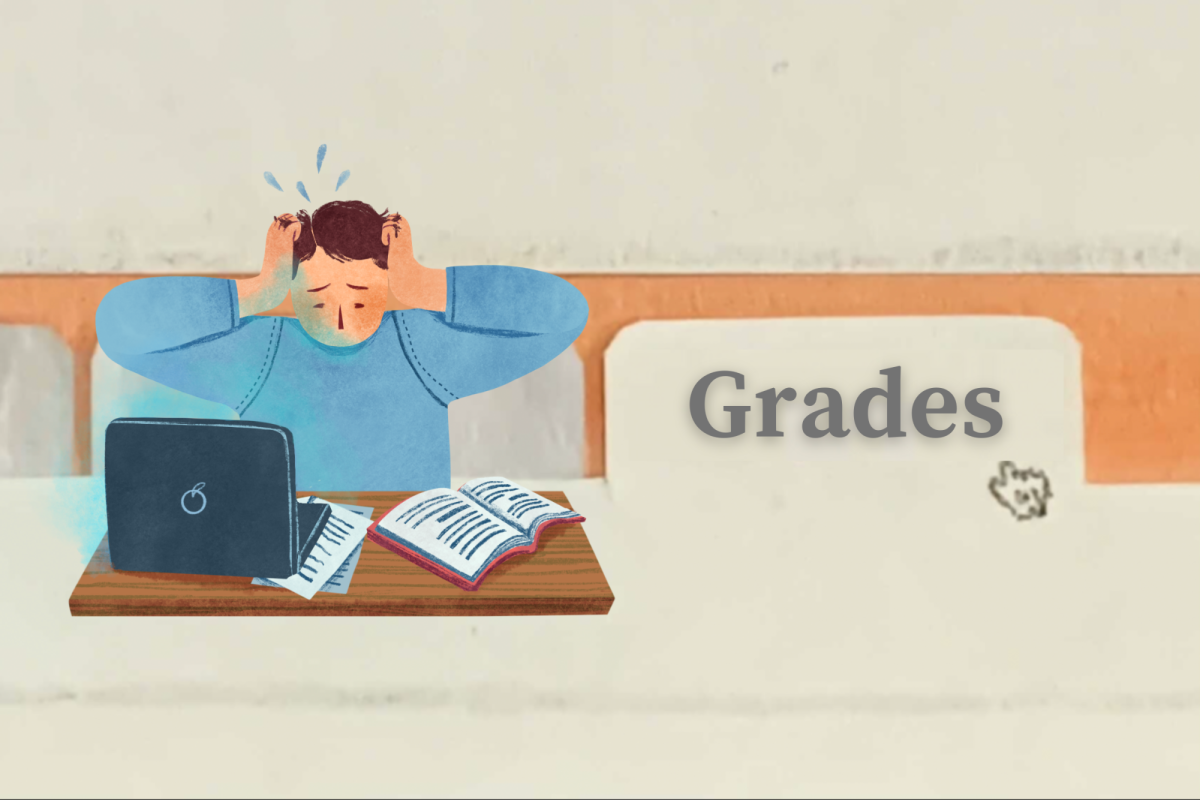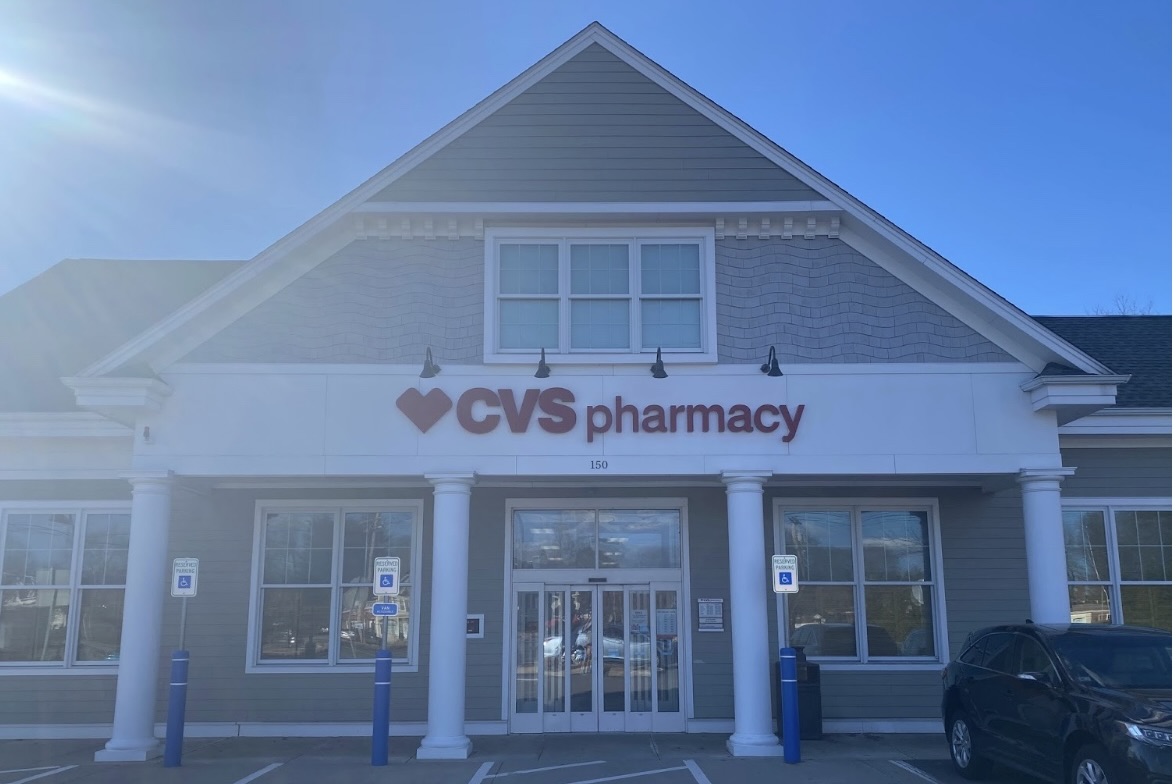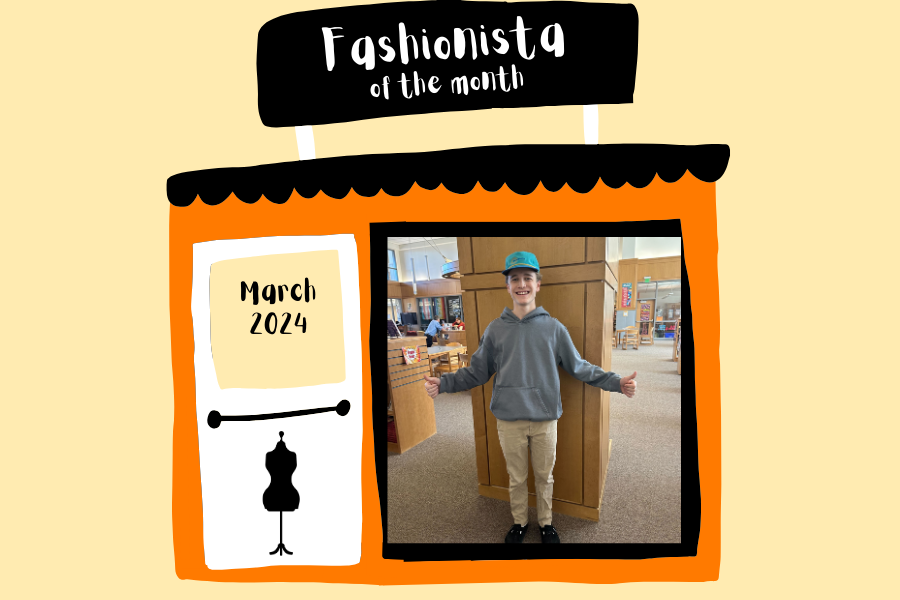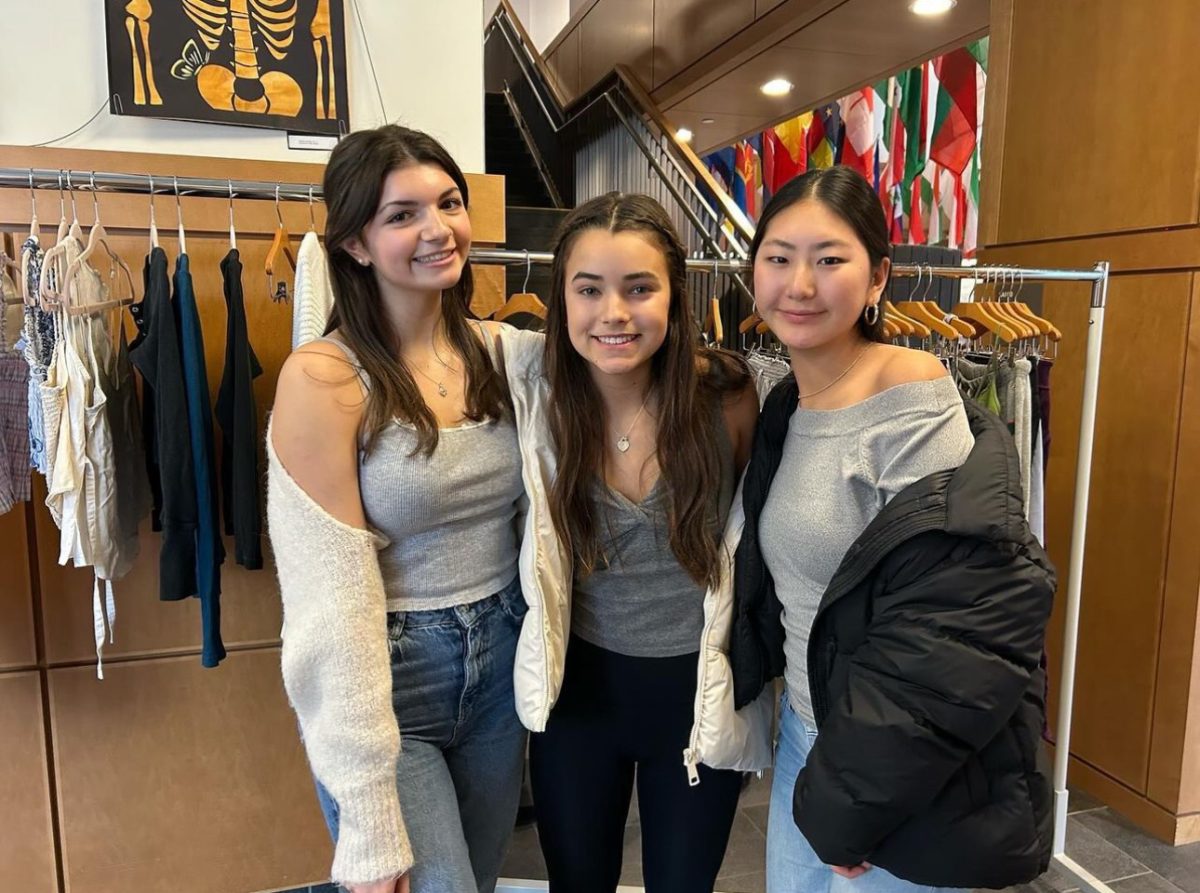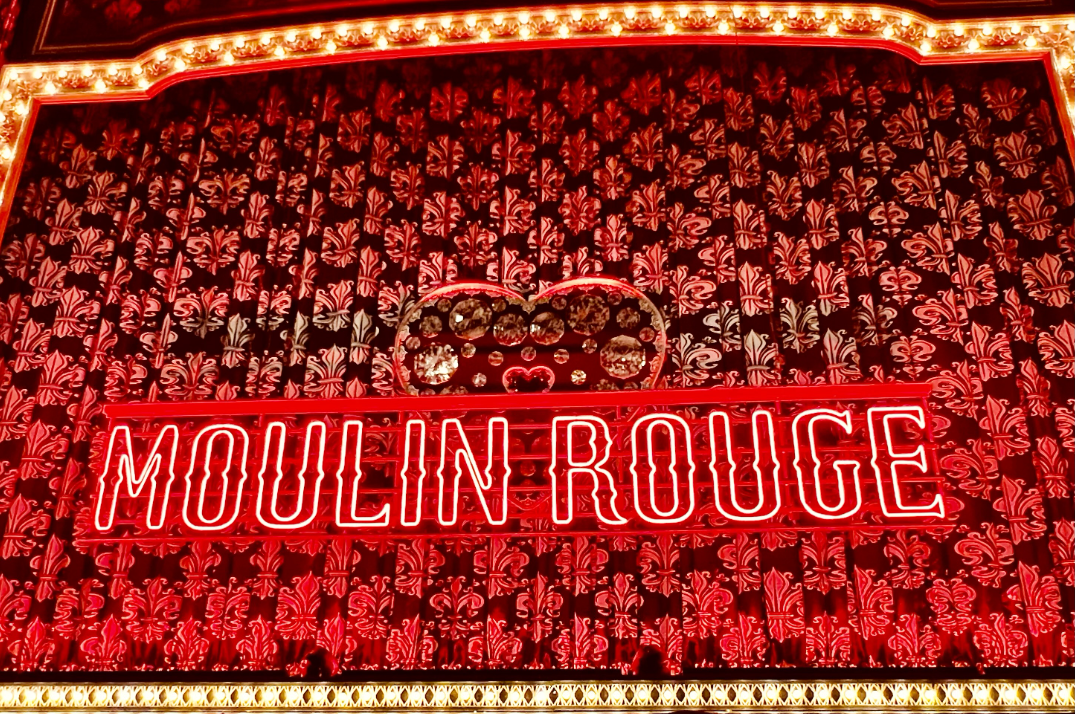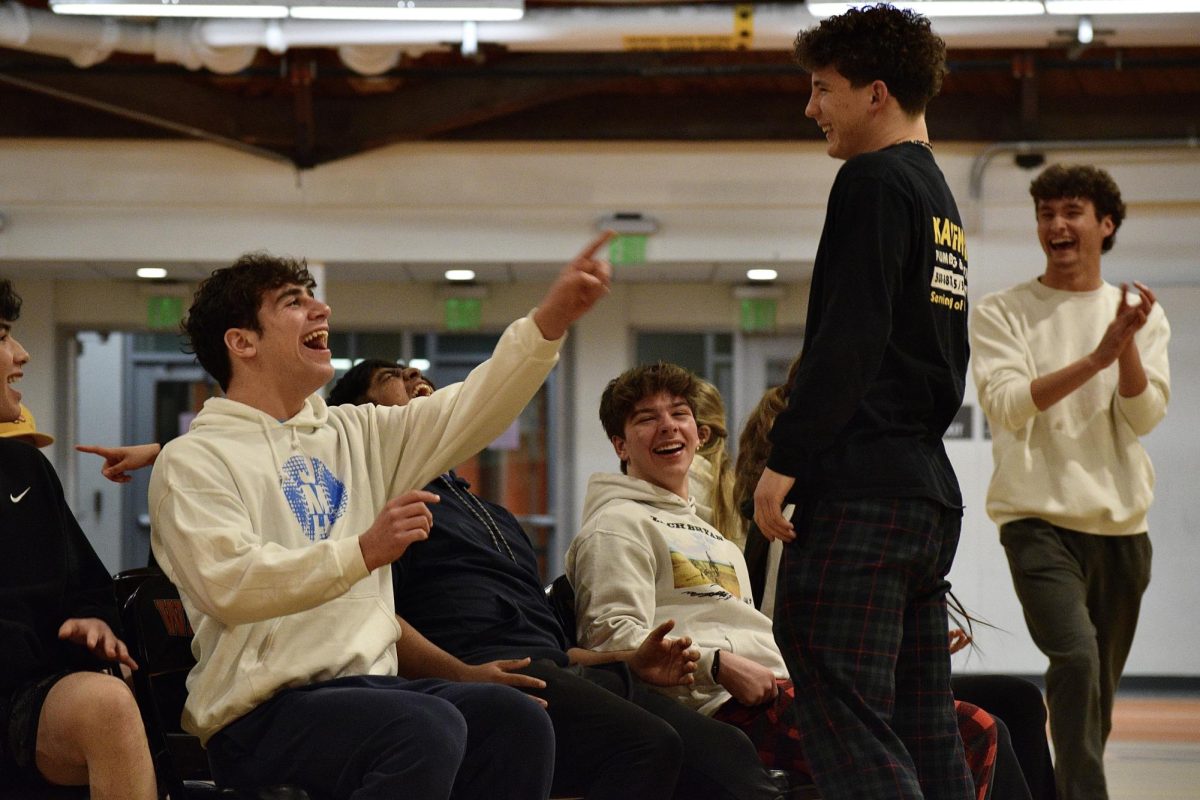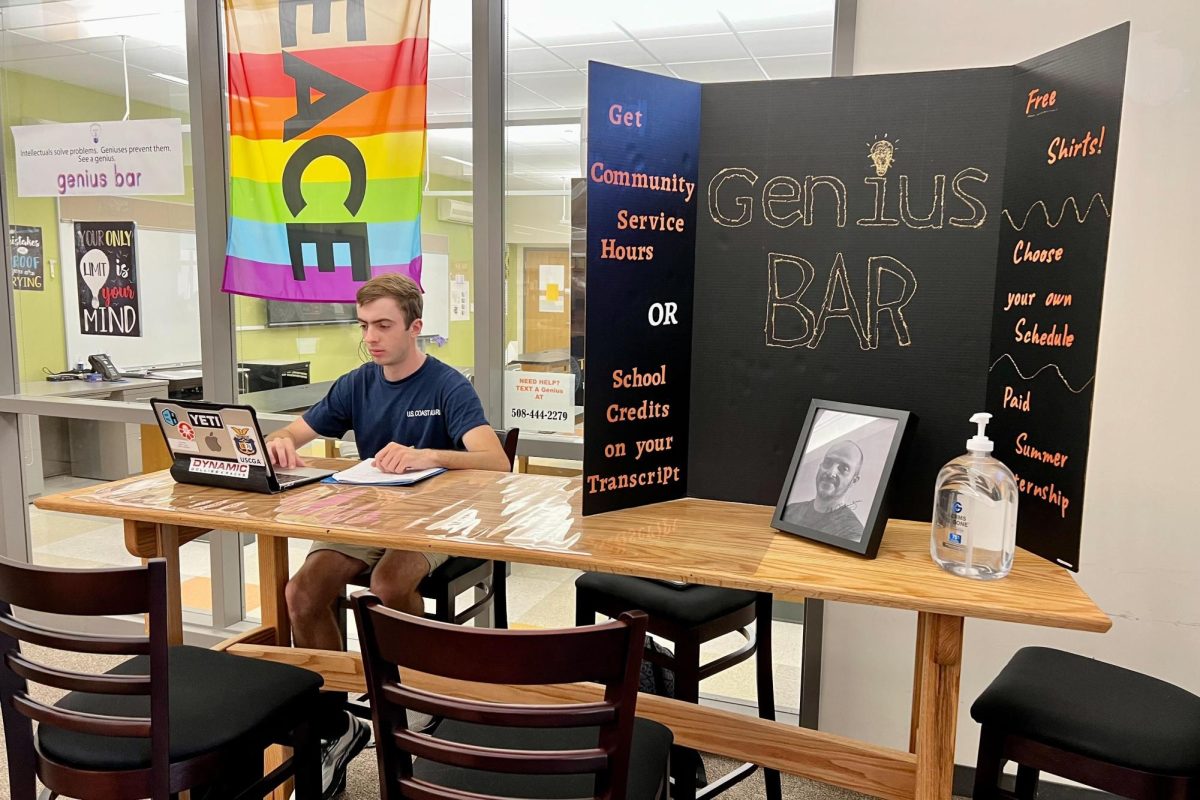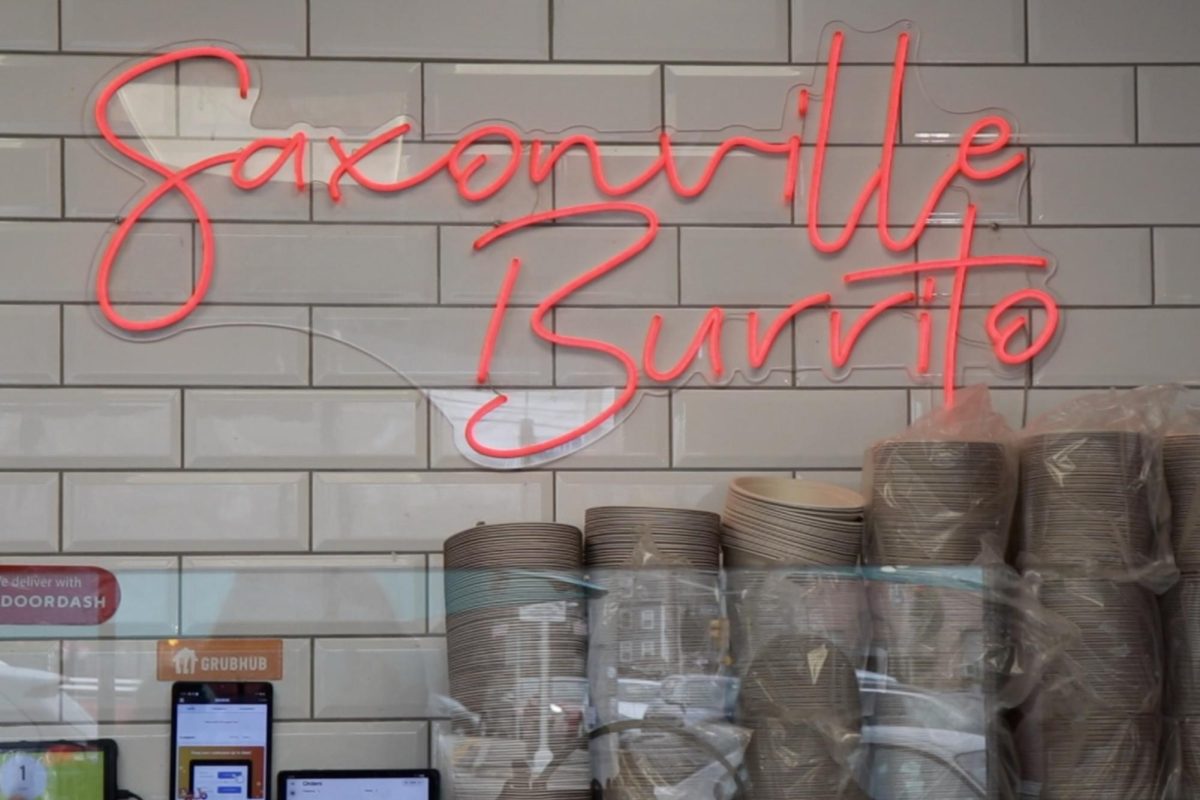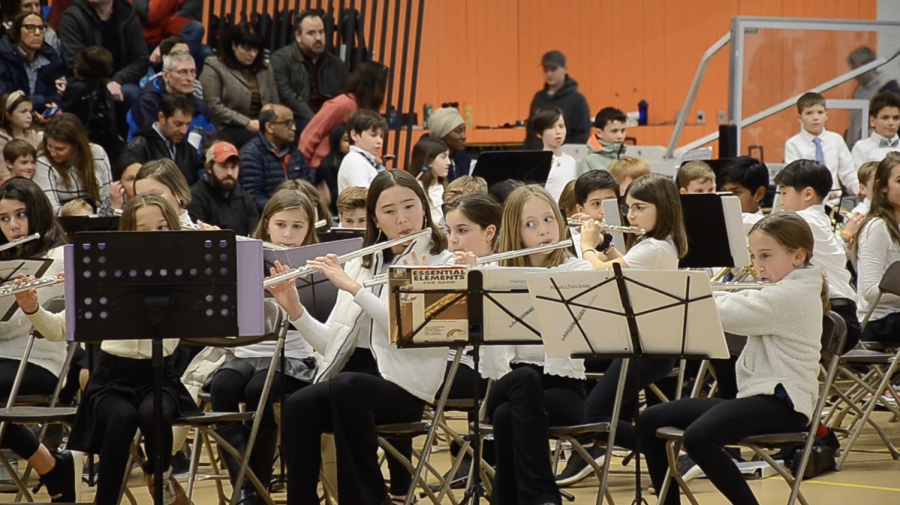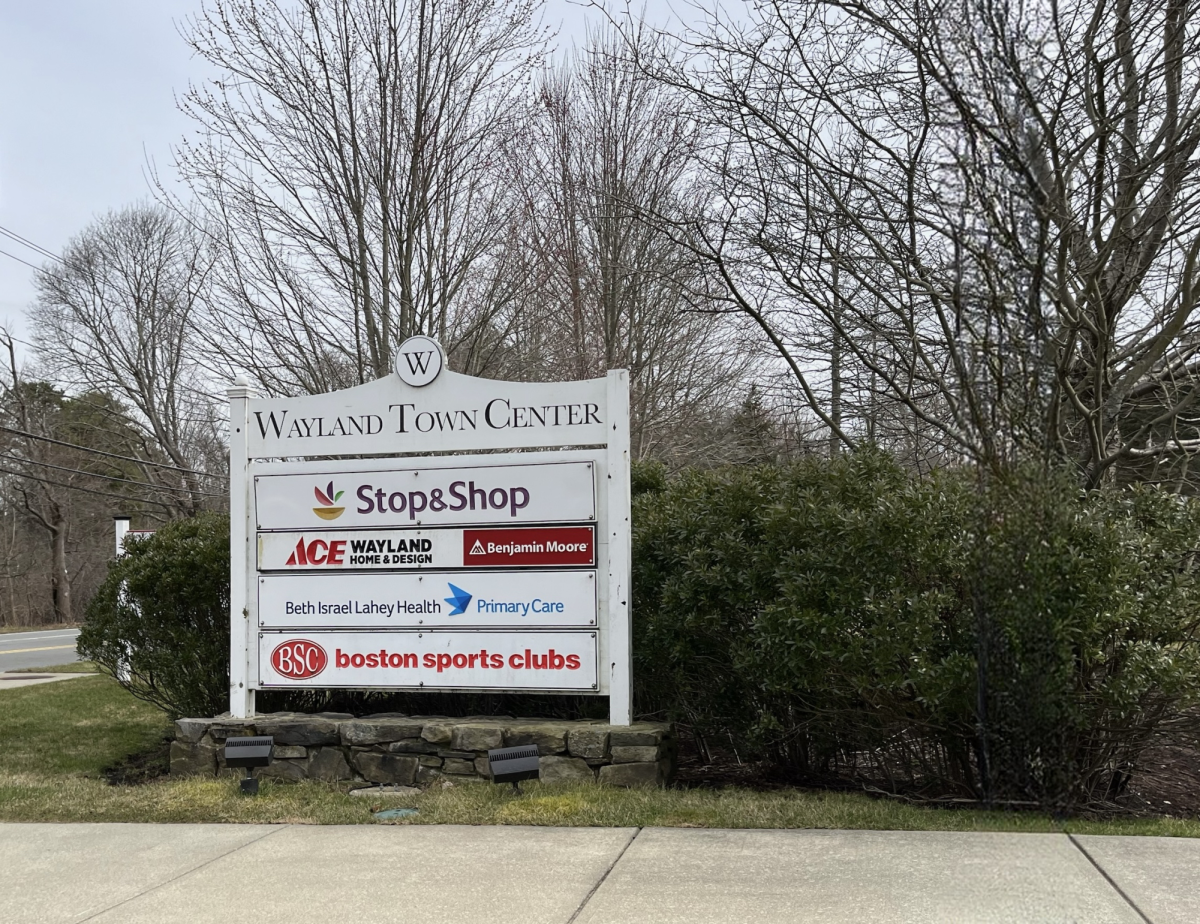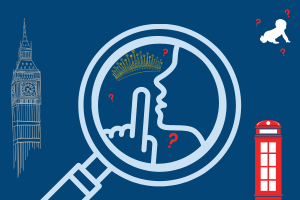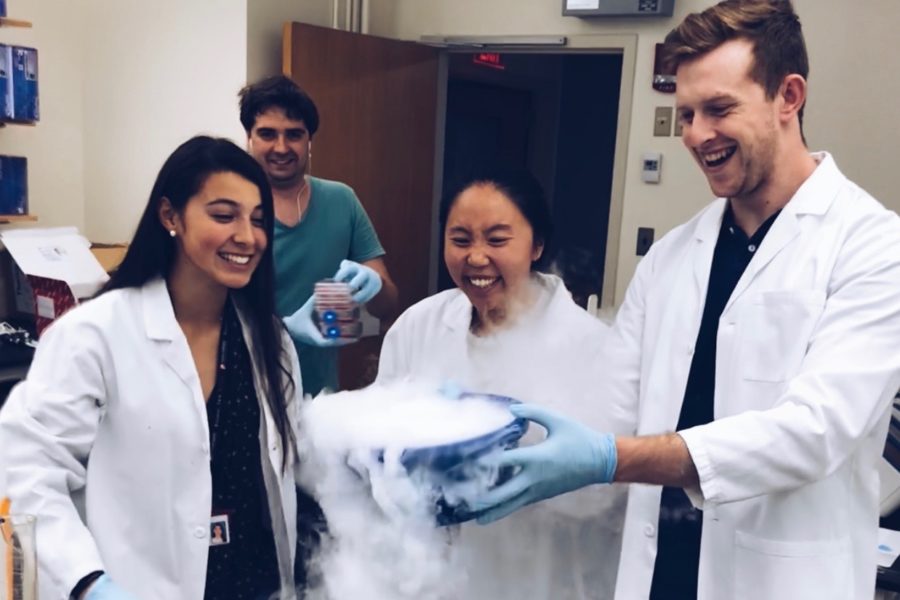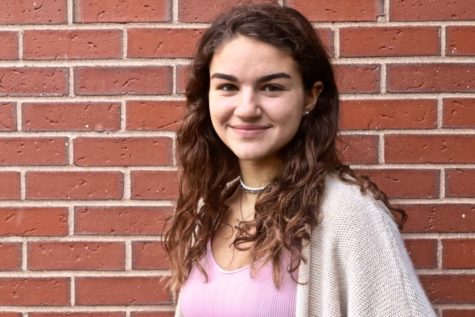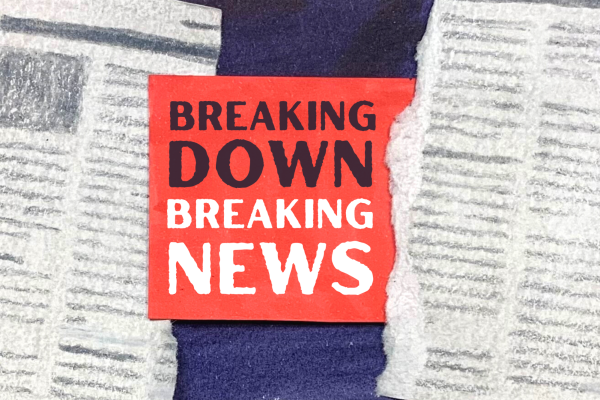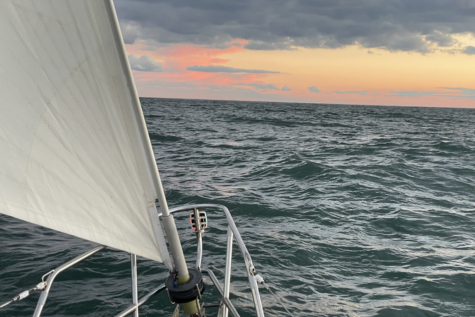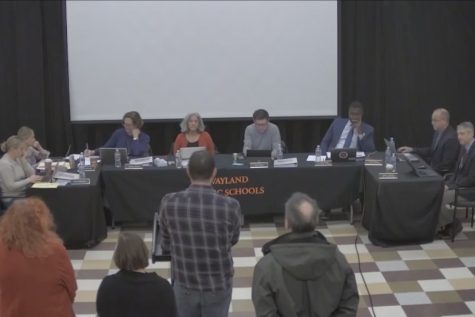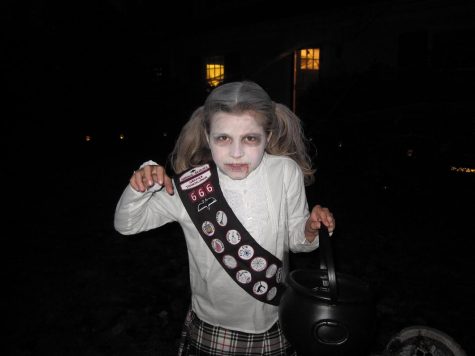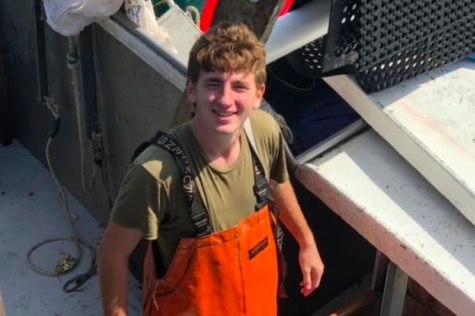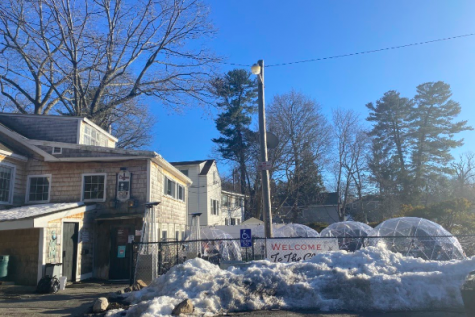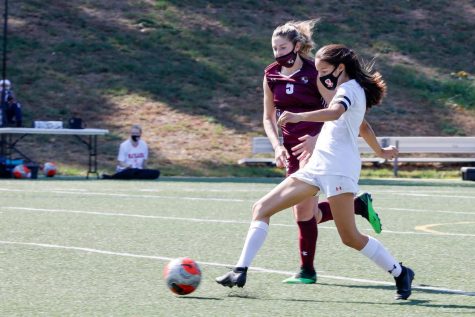Ciara Murphy: I could make a difference in peoples’ lives
Credit: Ciara Murphy
Senior Ciara Murphy works with dry ice, along with technicians James and Stephanie. “A lot of people when they think of medicine, they just think of surgery. They don’t necessarily think about research. In my mind, research is the future,” Murphy said.
October 31, 2019
Many students at WHS plan to pursue their interest in the medical field once they head off to college. Yet, there are a lucky few who get to chase their passion during their high school years. Senior Ciara Murphy has been lucky enough to work at the Armstrong Lab, a pediatric oncology lab that is a part of the Dana-Farber Cancer Institute.
The Armstrong lab specializes in leukemias and epigenetics. Murphy got the opportunity to work at the lab for the past two summers because she approached Amanda Armstrong, a graduate of the class of 2019, during advisory one morning.
“Amanda Armstrong was in my advisory when I was a sophomore, and I overheard her talking to someone on how she isn’t working at her dad’s lab this summer. So, I just approached her saying, ‘if you are not going to work there, can I have your job?’” Murphy said.
Prior to working at the Armstrong Lab, Murphy’s love for the medical field transpired in seventh grade.
“In seventh grade, I was first introduced to medicine. I got a shot for an infectious disease because I was going to Peru, and I just thought this was really cool, and I wanted to get a job in this field. Since then, [my interest] has just escalated,” Murphy said.
Ever since Murphy received a shot that prevented her obtaining an infectious disease, she has grasped every chance to learn more about the field of medicine, and what it exactly entails.
Murphy got the opportunity to experience working in a lab, an opportunity very few high school students get. Before conducting her experiments relating to cloning vectors and bacteria, Murphy was trained for two weeks in the lab.
“My job really differed from last summer compared to this summer. Last summer, I spent two weeks being trained in the lab; learning the techniques, getting to know the lab, and getting to know the materials within the lab,” Murphy said.
After completing the required training, Murphy got to work on cloning vectors. A vector is a circular piece of DNA.
“I mainly made vectors in bacteria, so it was a four day process: It started off with an empty vector. Basically I would cut it open using enzymes and specific sites, and I would enter in a specific part of DNA that was man-made. Then, I would glue in a gene that contained DNA to potentially fight off leukemia cancer cells,” Murphy said.
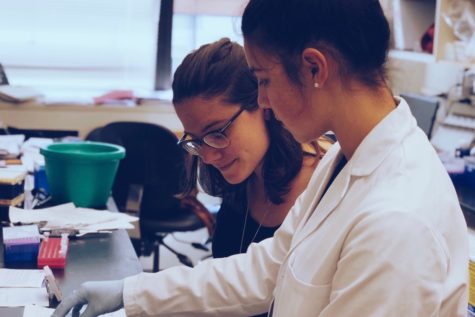
However, Murphy’s work wasn’t done.
“Once I had that vector with the new gene, I would copy it in bacteria by cloning bacteria. I would then kill the bacteria and then harvest all of the new vectors. That was really cool, I did that last summer,” Murphy said.
This past summer, Murphy’s got her hands on a bigger job, her role had developed since she already went through training. Murphy was in charge of her own project at the Armstrong Lab, which led her to gain immense knowledge in more ways than one.
“[This past summer] I was in charge of studying a protein called YBX1, which contains a cold shock domain. This cold shock domain helps stabilize DNA in a pressured environment. So, if a cell is in too cold or too hot of an environment, the DNA starts to freak out and unravel, which is not good for DNA because that will kill the cell. So, the cold shock domain will help stabilize the DNA by keeping it coiled,” Murphy said.
After Murphy completed the proper research for her project, she began executing her plan of action.
“Basically what I did was I just studied each part of this cold shock domain protein, I broke it up into certain points and I wanted to see what part of the DNA stabilized.”
Murphy believes there is more to medicine than just surgery. For her, research is an important aspect of the medical field.
“A lot of people when they think of medicine, they just think of surgery. They don’t necessarily think about research. In my mind, research is the future,” Murphy said. “It’s really sad, there are patients out there who are either my age or younger who are facing a life-threatening disease. It’s quite sad to think about, but at the same time it is hopeful for me because I know I am contributing to something that could have a difference in many lives.”
Murphy’s work won’t stop at the Armstrong Lab, as she plans to continue to pursue her love of medicine in the future.
“I really hope to continue my work at the lab. I really enjoyed working with the people and the postdocs there. But, as college rolls around I hope to get another lab job at whatever campus I am studying at. And then, either a medical degree or a PHD,” Murphy said.


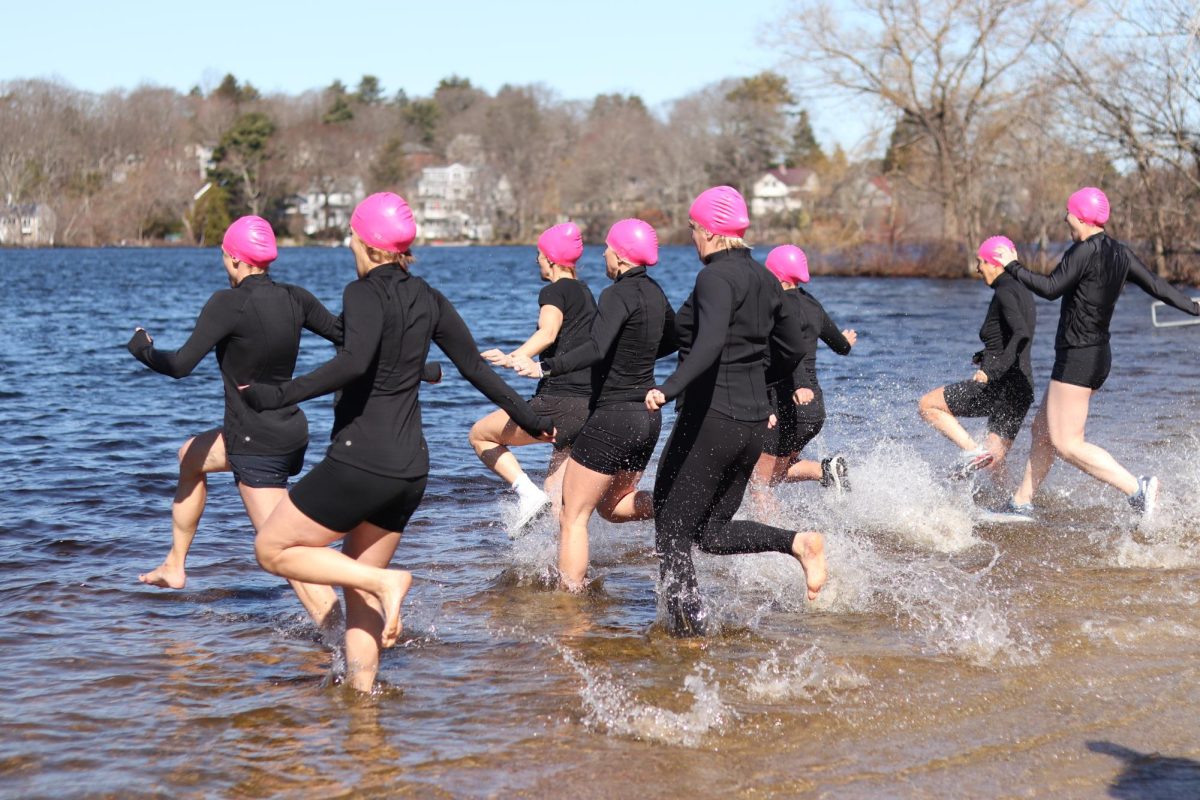
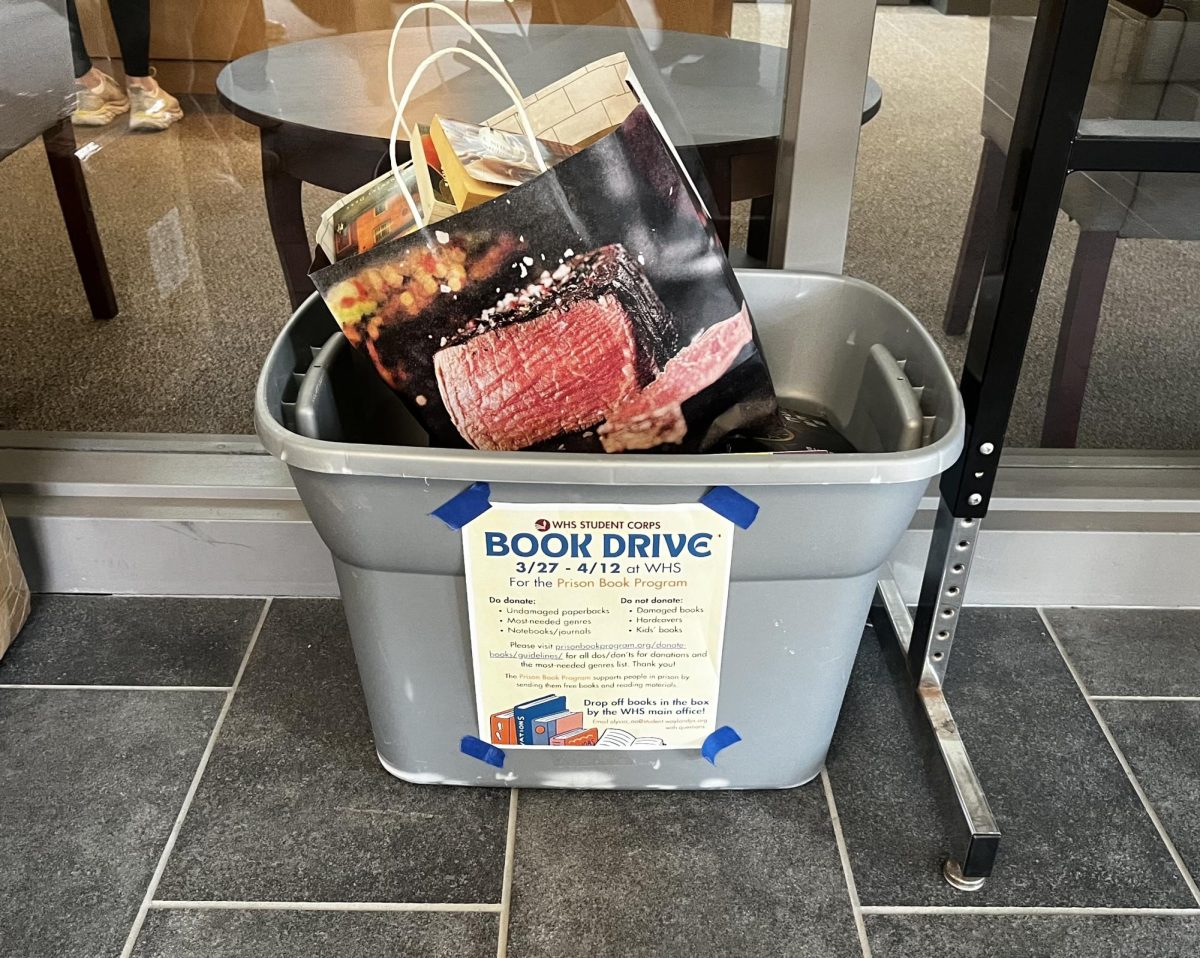

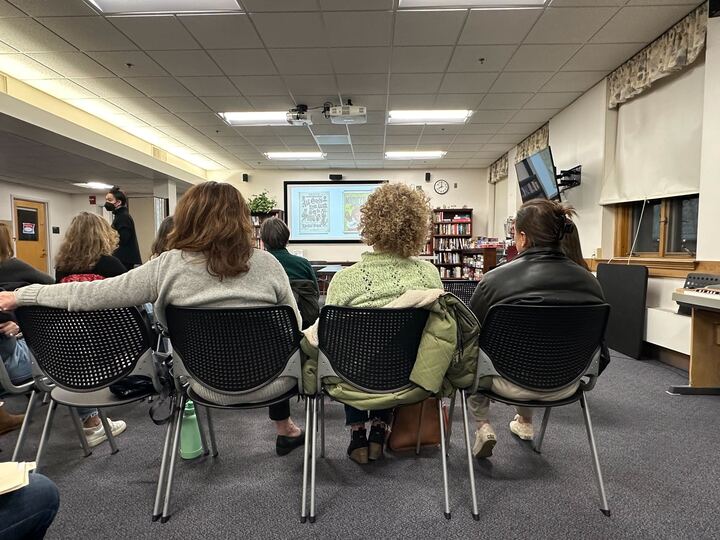

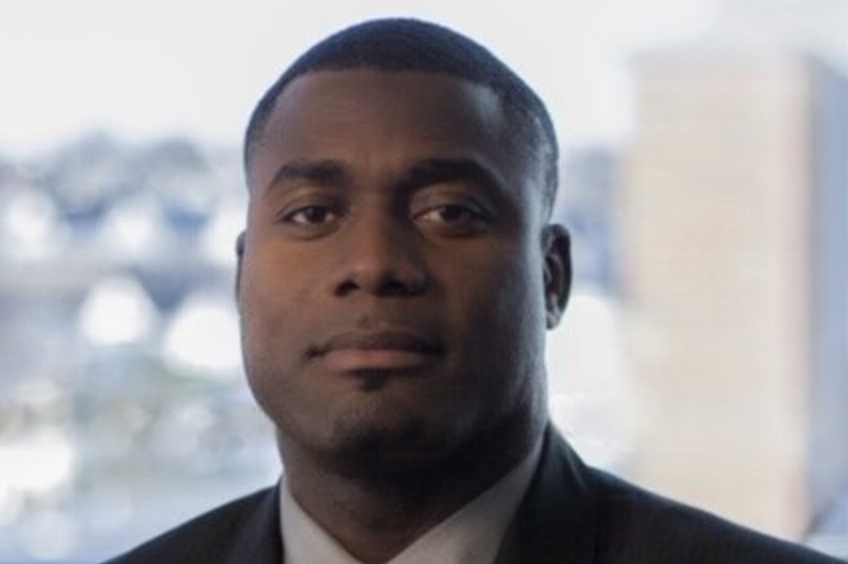
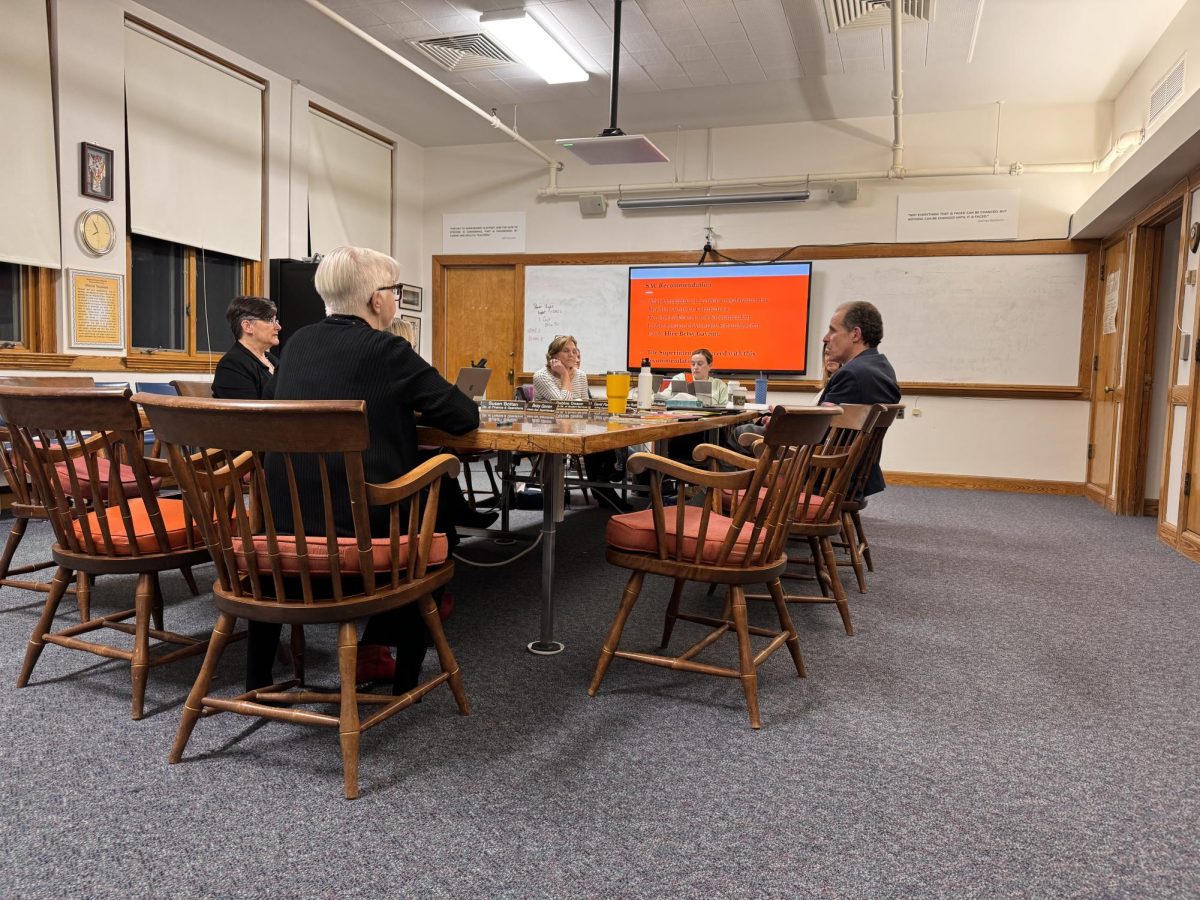
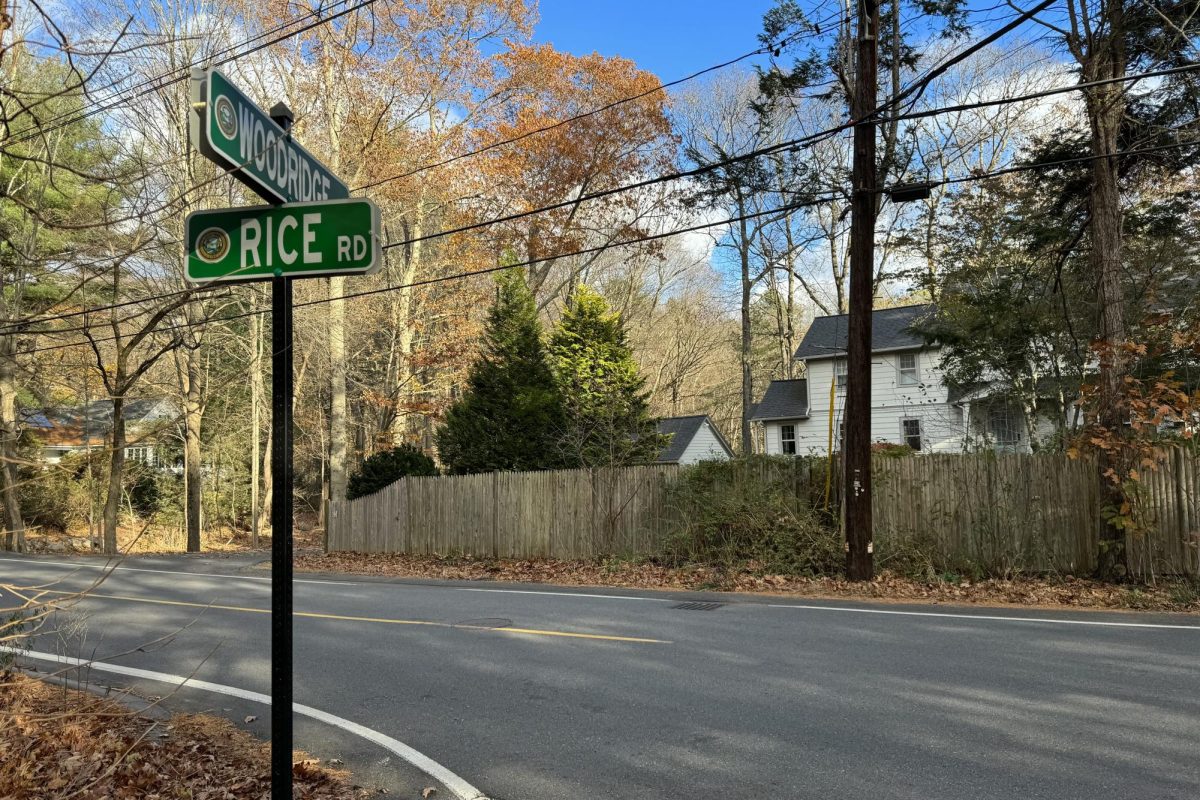
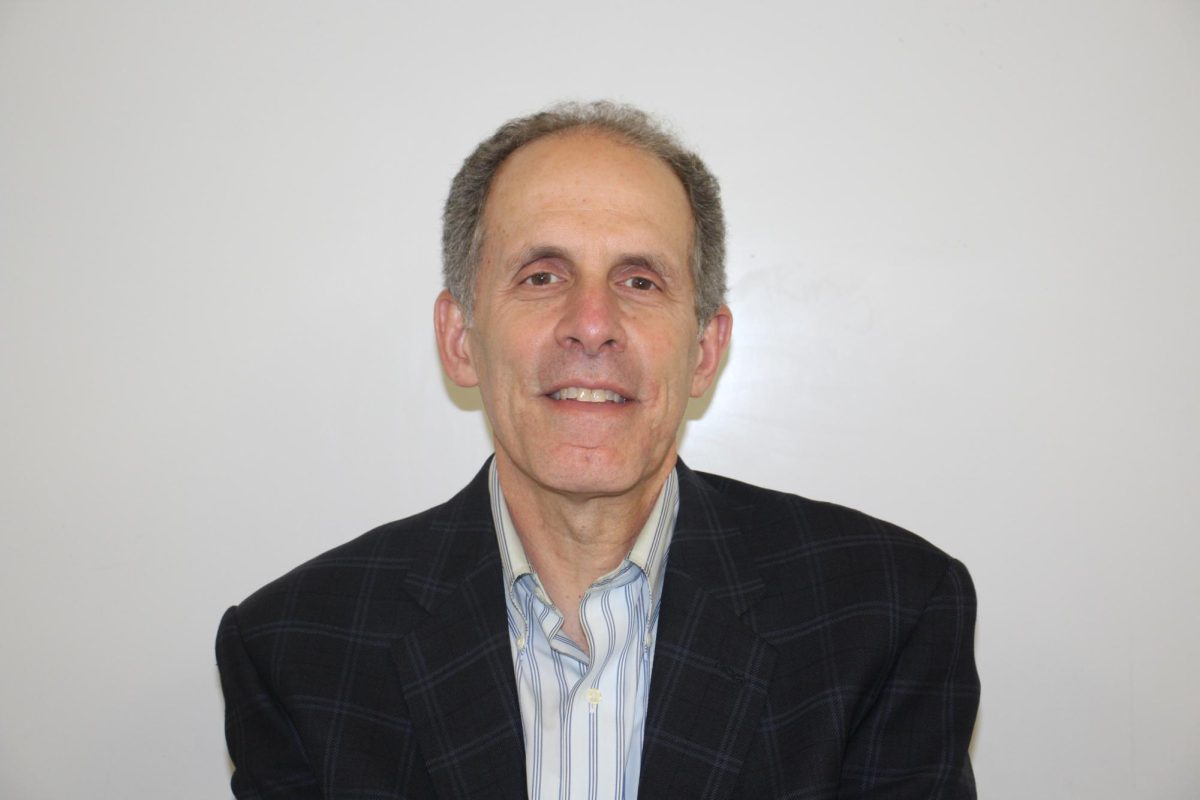
![WSPN’s Annika Martins and Maddie Zajac explore the athletic life of senior Annabelle Zhang through her badminton career. “This [photo] is me and my former partner after we won the 2022 junior nationals mixed doubles category,” Zhang said.](https://waylandstudentpress.com/wp-content/uploads/2024/04/IMG_6629-1200x900.jpg)
